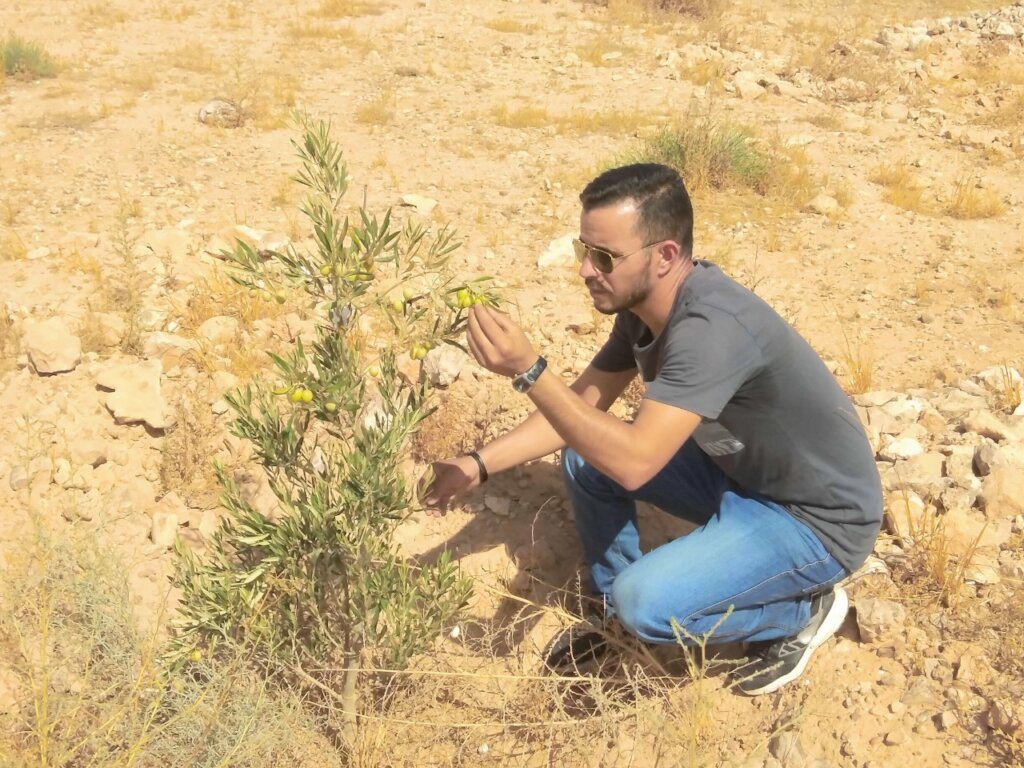![]()
On October 27th, I had the pleasure of attending The World Resources Institute Land Accelerator Africa Impact Days program. We heard from top 15 innovative entrepreneurs out of 1,370 applicants pitch their unique businesses and ideas for creating a better and greener future for Africa. Their proposals were designed to show investors what their solutions are to problems in their respective areas and why they are worth investing in. Below I’ll detail four of my favorites out of the pitches heard.
To start, Mwenda pitched us her business Botanic Treasures Ltd., based out of Kenya. Botanic Treasures creates organic foods and nutritional supplements from 5 million planted moringa trees to help address the persistent malnutrition that affects 26% of young children and their families across Kenya. Botanic Treasures Ltd. is working to inspire communities to take charge of their nutrition through reforestation, and they believe Moringa is the answer.
Mwenda advocates how moringa can be used to fortify other foods and can be put in anything, including smoothies, drinks, and food dishes. 100 grams of Moringa can contain: 9 times the protein in yogurt, 12 times the vitamin C in oranges, 15 times the potassium in bananas, and 17 times the calcium in milk. In addition, Moringa is fast growing, drought resistant, and is exceptionally efficient at carbon sequestration. Botanic Treasures Ltd. works with small holder farmers to achieve their organic certification, create contractual agreements with farmers to increase stability, and wants to supply 1000 jobs. Currently they have 80% female employees and 60% female farmers. Mwenda states there is a market opportunity of 10 billion USD for Moringa industry growth, both in the cosmetic industry and through demand for natural health products.
Ng’wala Inventions is a company based out of Tanzania that has innovated a digital distribution system for bio-pesticides using community shared digital tanks connected with prepaid meters, allowing farmers to pay for the product using mobile money services. This helps to protect the environment by rejecting the use of packages and bottles, as well as conserving water, and reducing land and air pollution by eliminating empty pesticide consumption.
CEO Ng’walago states his mission for his company, expressing how Ng’wala Inventions will offer the leading organic products and digital services that facilitates agricultural solutions to hunger, poverty, environmental problems and health in Africa. He wants to help small holder farmers increase yields and income through installing Bio-pesticides and Bio-fertilizer dispensing machines around the farms, delivering bio-pesticides and bio-fertilizer to vegetable and cotton growers at the lowest cost, on site and on time. Ng’wala Inventions is working to solve two problems at once, helping the environment by eliminating waste and overuse of pesticides while also helping farmers increase their income and yields.
“With restorative land use, we can feed the world.” Izela Barlow, founder of Fine Fusion Concepts, states this at the end of her pitch to investors in our program. Fine Fusion Concepts addresses chronic hunger and loss by restoring former quarry land by transforming it to planting and selling quality mung beans and mung bean products, a long-lasting and affordable alternative to traditional beans which have higher costs and a far lower shelf life. There is a major problem of food nutrient and soil depletion which leads to food insecurity, and Barlow is working to address this.
Fine Fusion Concepts uses regenerative farming for our food systems, taking advantage of underutilized indegenous beans to regenerate the soil and create products of breakfast porridge, flours, dal and snacks. Their focus is “transforming the profile of indigenous woodland beans from just fodder and cover crop to a high value drought hardy cash and food crop. These woodland beans boast a high macro and micro nutrient content, especially protein, folate and vitamin A.” Barlow implemented a circular growing method to improve the soil quality, and has seen significant success in changing 3.5 hectares from barren land to lush property.
Germark Holdings, of Tanzania, wants to achieve land restoration through small holder farmers. Current problems facing Tanzania include deforestation and loss of 470k hectares of forest annually in Tanzania, and up to 60% loss of market value for horticulture products from post-harvest losses. Some solutions proposed by Mwangwa, CEO of Germark Holdings, are to incentivize farmers to engage in land restoration by making upfront investment of avocado trees and to provide farmers market linkage to final buyers. They have created a unique solution of interplanting avocado trees between soybeans, using mixed farming to give farmers the opportunity to increase earnings through high-value, export crops, but also maintain the ability to feed their families. In addition, Germark Holdings reduces post harvest losses by purchasing “imperfect” avocados and transforming them into crude avocado oil, bettering the farmers through more of a market for their produce.
Before initializing this strategy, there was low yield from local breeds(70-100 kg/hectare), long maturity time from 5-7 years, and a high level of water consumption. After implementation, plants mature much faster by using the Hass and Fuertes breeds, there were increases of yield per hectare to 400 kg/hectare, and better agronomic practices such as mixed farming. Impacts of Germark Holding’s activities include reducing initial farm investment by 40% for land owners and increasing agroforestry activities along with reducing farmers total loss by 50% and thus compensating costs of production. Other impacts include initial capital and extension services to women and youth to be more inclusive as well as planting 200 hectares with 35,000 new avocado trees, averaging 900 tons CO2 sequestered.
All four of these budding companies have similar visions in mind to that of The High Atlas Foundation. They want to help the smallholder farmer, help the environment, create a more inclusive environment for women and youth, and help to change how things are currently done. This was an exceptional program put on by The World Resources Institute, and I wish all of these companies the best of luck in the future.
![Share on Twitter]()
![Share on Facebook]()
